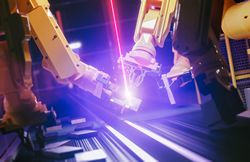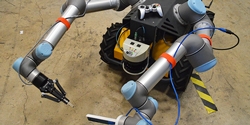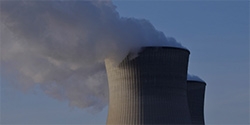How Are Robots Tested for Harsh Conditions?
Advanced robots can spare human workers from dangerous or life-threatening conditions and environments - like the intricate underwater terrain of a search-and-rescue mission or extreme pressures faced by oil and gas workers. Robots aren't invincible, however, and they need to be carefully designed to handle these extreme conditions. Here are some of the extreme environments that robots face - and how designers test them
University of Texas "opens Doors" to Safer Nuclear Waste Retrieval
The Nuclear and Applied Robotics Group, based in the University of Texas at Austin, has a mission to "develop and deploy advanced robotics in hazardous environments to minimize risk for the human operator."
How Robots Are Changing Nuclear Disaster Protocols
Despite modern advancements, a great deal of robots, such as the one deployed to Fukushima in March 2017, have died as a result of the high radiation levels.
Records 1 to 3 of 3
Featured Product

IP Seals for Robots
Freudenberg Sealing Technologies' IPRS (Ingress Protection Seals for Robots) provides reliable protection for robotic systems operating in harsh environments. Designed to prevent dust, moisture, chemicals, and wear from compromising performance, IPRS extends service life and reduces maintenance. The adaptive Z-shaped geometry ensures sealing integrity under continuous motion, making it ideal for high-speed automation and outdoor applications. Manufactured with high-performance elastomers such as Fluoroprene XP and EPDM, IPRS offers exceptional resistance to lubricants, cleaning agents, and extreme temperatures. This makes it the perfect solution for six-axis robots, SCARA robots, AMRs, AGVs, and cobots.
With its low-friction design and durable materials, IPRS enhances energy efficiency and operational reliability in industrial and autonomous robotics. Learn more about our IPRS Seals
Robotics and Automation - Featured Company

Encoder Products Company
At Encoder Products Company, we specialize in the encoders that provide you with motion feedback. EPC has been a leading designer and manufacturer of motion sensing devices for more than 50 years, we understand that each industrial automation application is different, and you need encoders that fit the needs of your applications. Our encoders are highly configurable, offer an array of shaft or bore sizes, output types, connector types, mounting options, and resolutions as high as 65,536 CPR.



